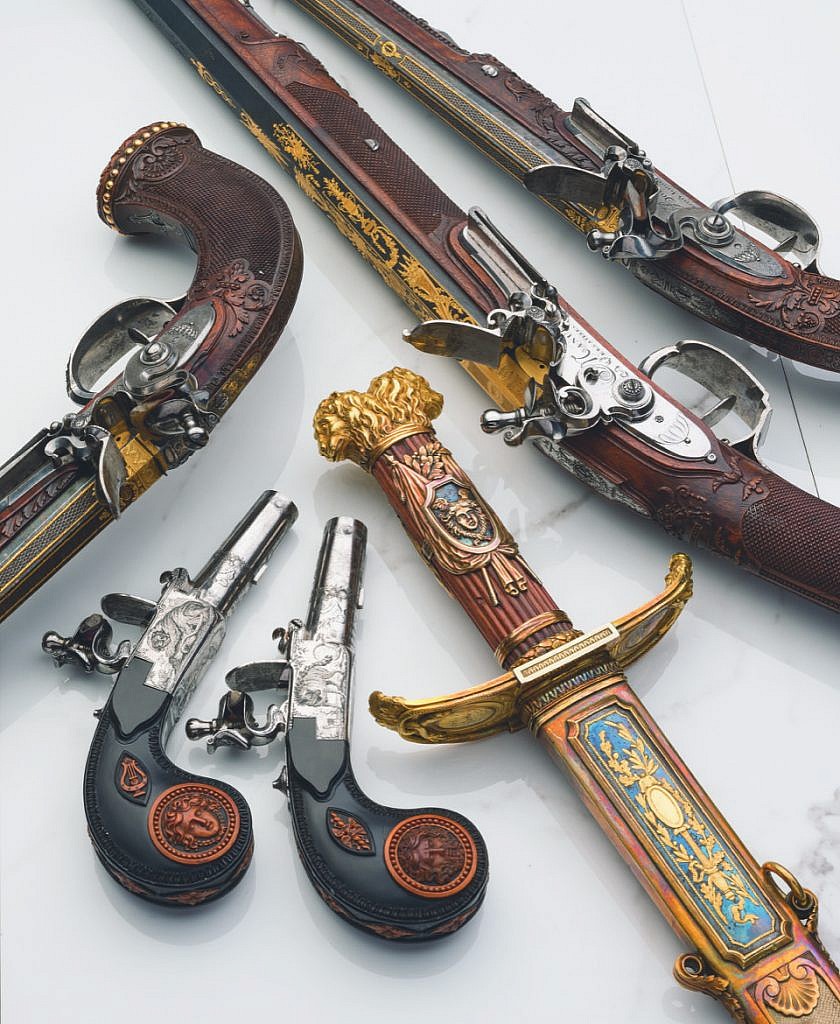
by Terry Wieland
When an item sells at auction for more than two million bucks, the air is — shall we say — electric?
Actually, that hardly describes it. People crowd into the auction hall just so they can say they were present at the big event. Time seems to slow down. The auctioneer slows down, too — for real — since no one wants to call “Sold!” prematurely — not if pausing for a few seconds will maybe up the ante another hundred grand.
When you reach the millions, bidding increments at Rock Island are $100,000. That’s a decent year’s salary for most people, but here it’s a blue chip on a poker table.
In the early 1970s, when I worked for CBC National Radio News, I was sent out to cover an auction of Persian rugs — old, new, and antique. I forget the details, except that one huge, but faded, brown, and (to the untrained eye) nondescript piece of old floor covering sold for more than a million dollars. The auction took place in a hotel ballroom, and all the bidders were physically present. By the end, the non-bidding audience members were elbowing each other and craning their necks to try to see who the bidders were.
As a reporter, I wanted to see who they were with an eye to interviewing the winner. What I found was that the bidders looked as nondescript as the rug itself. Genuine value and outward appearance do not always go hand in hand.
Auctions have dynamics all their own. At Rock Island, many of the big-money bidders either do it by phone or have agents there on their behalf. People on the phone, bidding for the guy at the other end of the line, can get involved to the point of quivering hands and adrenalin overload, while the audience’s multiple heads swivel from one to the other, watching for the first twitch of the bidding card.
At the Rock Island Premier Auction, held Dec. 3-5, 2021, the prize was Lot #335: A six-piece garniture of weapons presented to Napoleon Bonaparte in 1797. It consisted of a sword, a long gun, two carriage pistols, and two pocket pistols. All were made by the French master, Nicolas-Noël Boutet, the gunmaker of Versailles, renowned as not only one of the finest gunmakers in history, but also the most artistic.
Details about this fabulous group of weapons can be found at Rock Island’s website (www.rockislandauction.com). Go to “Auctions.” Past auctions are at the bottom of the list. Then “search catalogue” for Lot #335.
The “realized price” was $2,875,000, which includes the hammer price of $2.5 million plus the buyer’s premium.
Selling guns for a million dollars apiece is not new to Rock Island, but it’s not exactly old hat, either. Several individual guns have sold for prices approaching two million, including, a couple of years ago, a famous Walker Colt.
One time I asked Kevin Hogan, the CEO of Rock Island (and son of the founder, Pat Hogan) what it was like, the first time he sold a gun for more than a million. It was, he said, “An unbelievable thrill. Hard to describe.” And, he added, it’s still just as much of a thrill, every time.
For the rest of us, at least the history junkies among us, just being in the same room with the sword that Napoleon Bonaparte was carrying when he drove the Council of Five Hundred out of St. Cloud, and became First Consul of France, and later Emperor, is enough of a thrill.
______________________________________________________________________________
Gray’s shooting editor Terry Wieland is an admirer of the Duke of Wellington rather than Bonaparte, but great history is great history.
